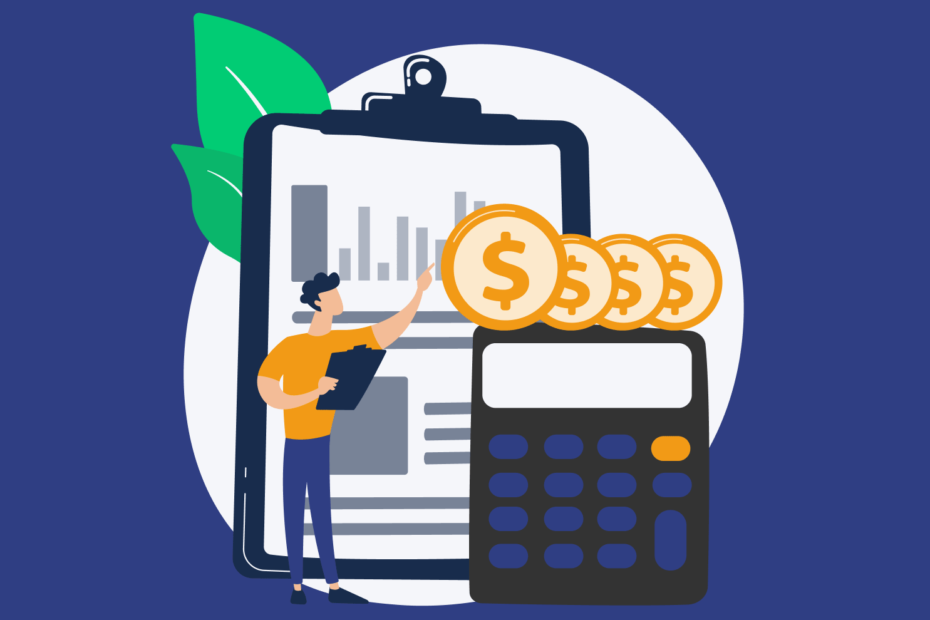Exploring the Benefits of Gross Rent Multiplier (GRM) in Real Estate Investing
Real estate investing can be a lucrative endeavor when done right. One of the key metrics that investors use to evaluate properties is the Gross Rent Multiplier (GRM). GRM is a simple calculation that can help investors determine the potential return on investment of a property. In this article, we will explore the benefits of using GRM in real estate investing, its limitations, and how to calculate it.
Understanding Gross Rent Multiplier (GRM)
GRM is a ratio that compares the price of a property to the annual rental income it generates. It is calculated by dividing the property’s sale price by its gross annual rental income. For example, if a property is priced at $500,000 and generates $50,000 in annual rental income, its GRM would be 10.
GRM is a useful tool for evaluating multiple properties quickly. It allows investors to compare properties based on their potential for generating rental income. The lower the GRM, the better the potential return on investment, as the property generates more income relative to its sale price.
Advantages of Using GRM in Real Estate Investing
One of the main advantages of using GRM is its simplicity. It is a quick and easy calculation that can be done without the need for complex financial analysis. This makes it an ideal tool for evaluating multiple properties at once.
Another benefit of using GRM is that it focuses on rental income rather than other metrics such as property appreciation. This is important because rental income is more predictable and stable than property appreciation, which can be affected by economic fluctuations and other market variables.
GRM can also help investors identify properties that are undervalued. If a property has a low GRM, it may be priced below market value or have the potential for rental income growth. These properties can be a good investment opportunity for investors looking to generate steady rental income.
Limitations to Consider When Using GRM
While GRM can be a useful tool for evaluating properties, it does have its limitations. For example, it does not take into account expenses such as property taxes, maintenance costs, and management fees. These expenses can significantly affect the potential return on investment of a property.
GRM also assumes that the rental income will remain stable over time. This may not always be the case, as rental rates can fluctuate based on market demand and other economic factors. Investors should always consider the potential risks and uncertainties associated with a property before making a purchase decision.
How to Calculate Gross Rent Multiplier (GRM) in Real Estate
To calculate GRM, divide the property’s sale price by its gross annual rental income. For example, if a property is priced at $500,000 and generates $50,000 in annual rental income, its GRM would be 10. It’s important to note that GRM should only be used as a preliminary evaluation tool and not the sole basis for making a purchase decision.
Investors can also use resources such as REPIT.org to access data insights on rental rate appreciation, historical trends, and projected 1-year appreciation. These resources can provide additional information that can be used to make more informed decisions when evaluating potential investment properties.
Exploring the Benefits of Gross Rent Multiplier (GRM) in Real Estate Investing
In conclusion, Gross Rent Multiplier (GRM) is a useful tool for real estate investors looking to evaluate rental properties quickly and efficiently. While it has its limitations, it can help investors identify properties with the potential for generating steady rental income. By understanding how to calculate GRM and using resources like REPIT.org, investors can make more informed decisions when evaluating potential investment properties.
